Baldur’s Gate 3 has set a gold standard for RPG storytelling, and its memorable companions and origin characters are the heart of its success. With rich backstories, distinct personalities, and a staggering level of interactivity, the game offers players a range of experiences that embody the full spectrum of Dungeons & Dragons. However, these achievements also set a high bar that could make it challenging for future installments to follow.
Larian Studios has confirmed it will not helm the next Baldur’s Gate game, leaving the next developer with the daunting task of living up to these beloved characters. Creating a new cast of NPCs and companions that rival Baldur’s Gate 3‘s diversity and depth will require an innovative approach to narrative design.
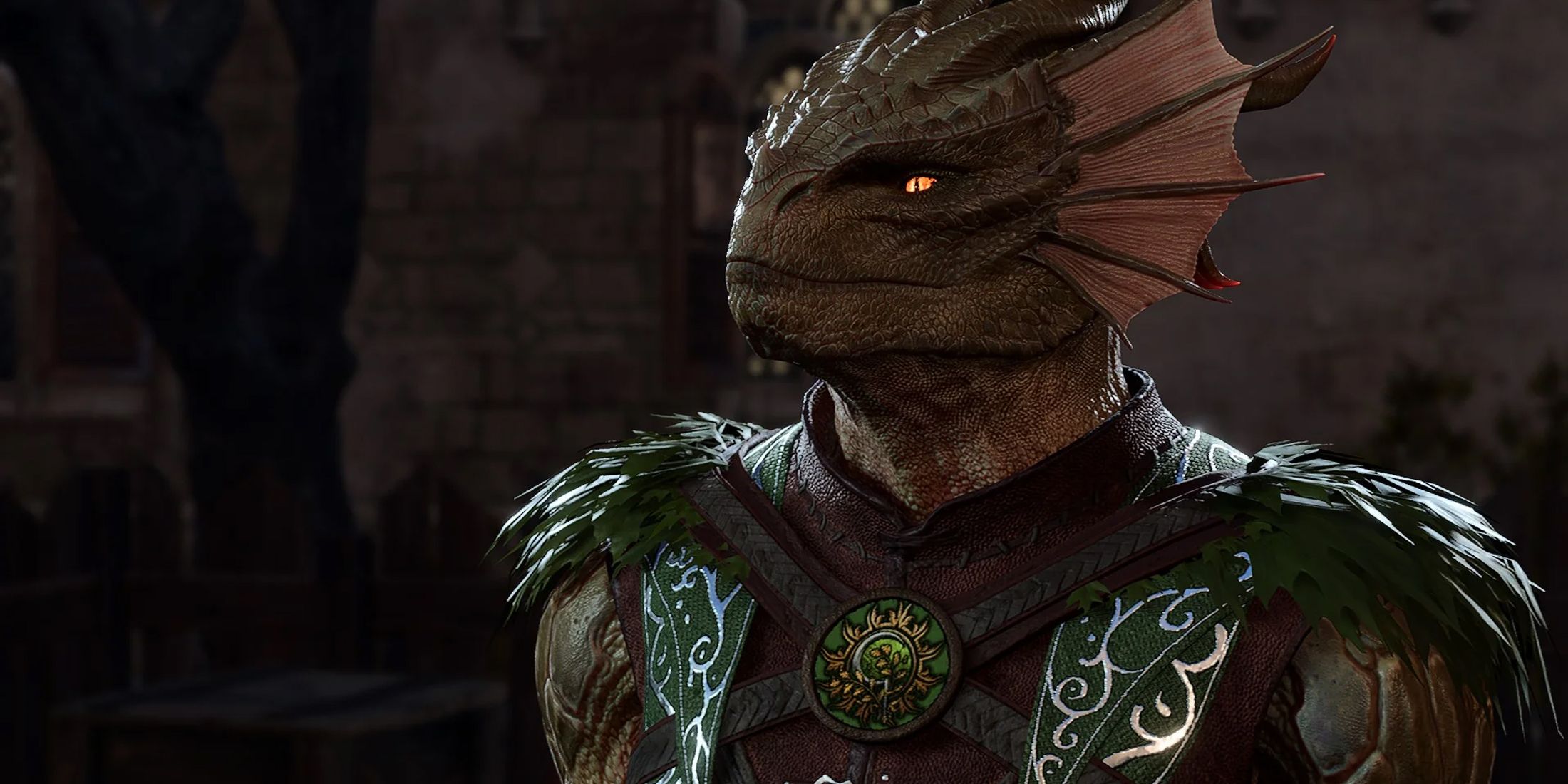
Related
Baldur’s Gate 3 Studio is Now Fully Focused on Its Next Game
Baldur’s Gate 3 developer Larian confirms that it is now fully focused on its next project.
Baldur’s Gate 3 Makes NPCs Feel Essential
One of the remarkable aspects of Baldur’s Gate 3 is how it uses even minor NPCs to create a dynamic and immersive world. Zevlor, a tiefling leader, and Aradin, a mercenary, showcase this within moments of meeting them. Their dialogue during a goblin ambush communicates their motivations, fears, and flaws without lengthy exposition. Zevlor’s desperation to protect his people contrasts sharply with Aradin’s self-interest, and players must decide how to navigate their conflict.
Mol, the cunning halfling child leading a group of orphans, is another standout. Her ruthless pragmatism, born from a need to ensure her group’s survival, paints her as both a hero and an antihero. Her story is a testament to Larian’s ability to develop morally complex NPCs. Players can opt to ignore her entirely or engage with her narrative, culminating in a climactic moment involving Raphael, a devil offering her aid.
Baldur’s Gate NPCs Showcase Stunning Diversity
The NPCs in Baldur’s Gate 3 are diverse in their backgrounds and narrative roles, reflecting the vast possibilities of Dungeons & Dragons. Barcus Wroot, a deep gnome inventor, defies stereotypes of his race with his optimistic and loyal nature. Despite the grim undertones of his situation—he can be found tied to a windmill, about to be launched skyward—he maintains a sense of humor and ingenuity. Players who save Barcus discover a character whose unwavering loyalty offers an alternative to Wulbren, a more abrasive resistance leader.
What makes Barcus in Baldur’s Gate 3 even more compelling is his ability to reflect the player’s choices. If ignored or killed, he becomes a mere footnote—a comic tragedy in a vast world. If nurtured, his story highlights themes of resilience and friendship. These subtle, player-driven dynamics showcase the narrative richness future developers will need to replicate.
New Baldur’s Gate Developers Face a Daunting Challenge
With Larian Studios stepping back from the franchise to focus on its original IPs, the next Baldur’s Gate developer must not only match but innovate upon the existing formula. Future games could expand on Baldur’s Gate 3’s template by introducing even more intricate NPC dynamics or experimenting with unconventional storytelling methods.
For instance, juxtaposing NPCs with conflicting motivations in the same questline could create unique moral dilemmas. Imagine a scenario where saving one NPC irrevocably harms another, forcing players to grapple with complex ethical decisions. Another approach could be expanding NPC interactivity through new mechanics, such as allowing companions to influence factional politics directly or evolve their relationships with each other independently of the player.
Moreover, the diversity of NPCs in Baldur’s Gate 3 offers a blueprint. Future installments should aim to represent underutilized Dungeons & Dragons races and classes while subverting their traditional archetypes. Barcus Wroot’s departure from deep gnome stereotypes exemplifies how to balance humor, depth, and cultural commentary. Similar efforts could bring fresh perspectives to familiar races like dragonborn or genasi.
Innovation is Key to Topping Baldur’s Gate 3
To rival the narrative impact of Baldur’s Gate 3, the next entry must prioritize the foundational elements of compelling character design: motivation, adversity, strengths, and weaknesses. These traits, when combined with dynamic player choices, give NPCs lasting appeal. Games that fall short in this area often produce forgettable characters, even with excellent voice acting and animation.
Baldur’s Gate 3 succeeds because every character, from major companions to minor NPCs, meaningfully contributes to the world. Developers taking on the series will need to embrace this philosophy while finding their own voice to ensure the franchise continues to thrive.
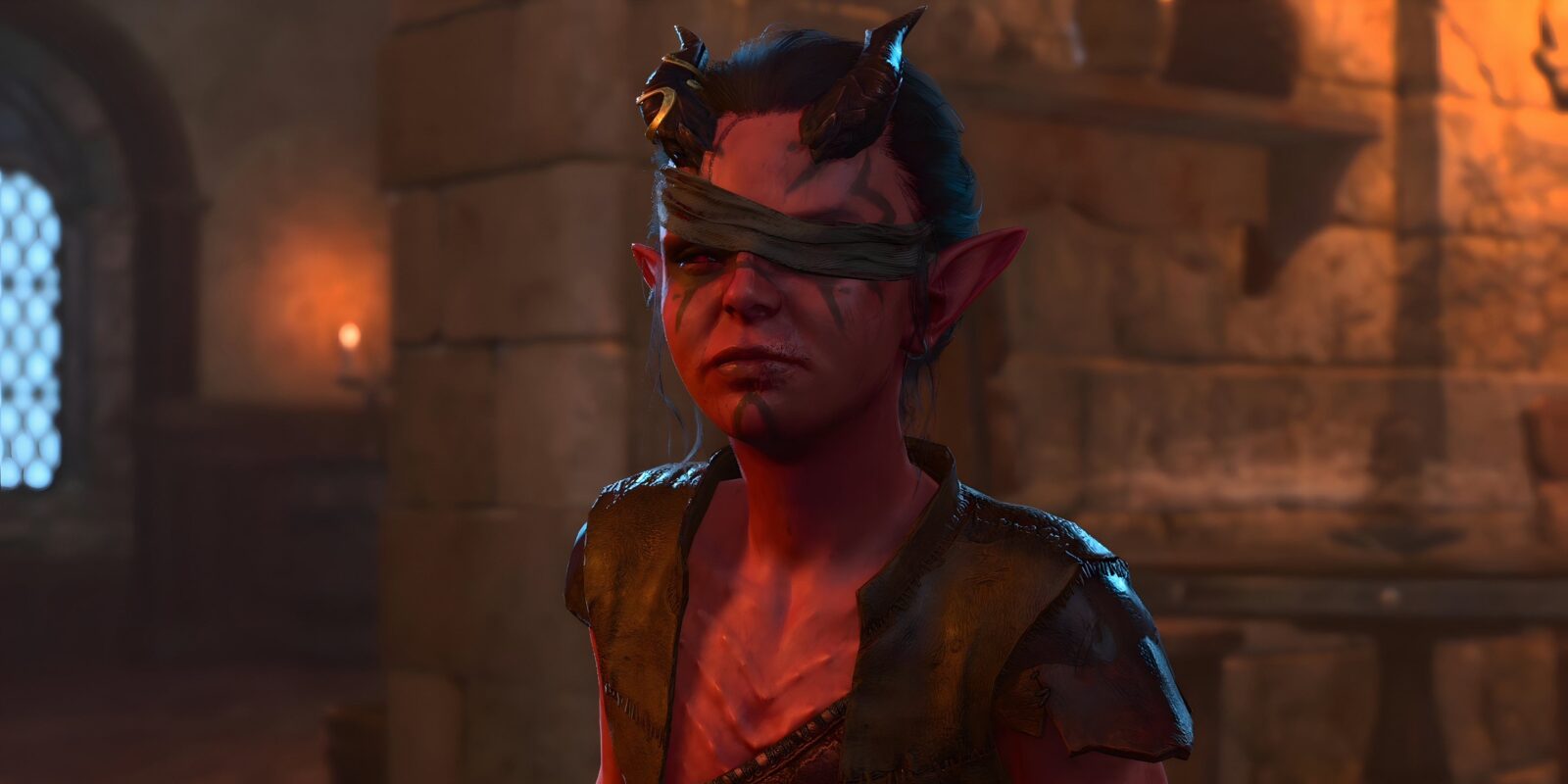
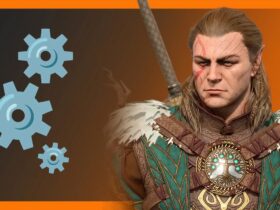
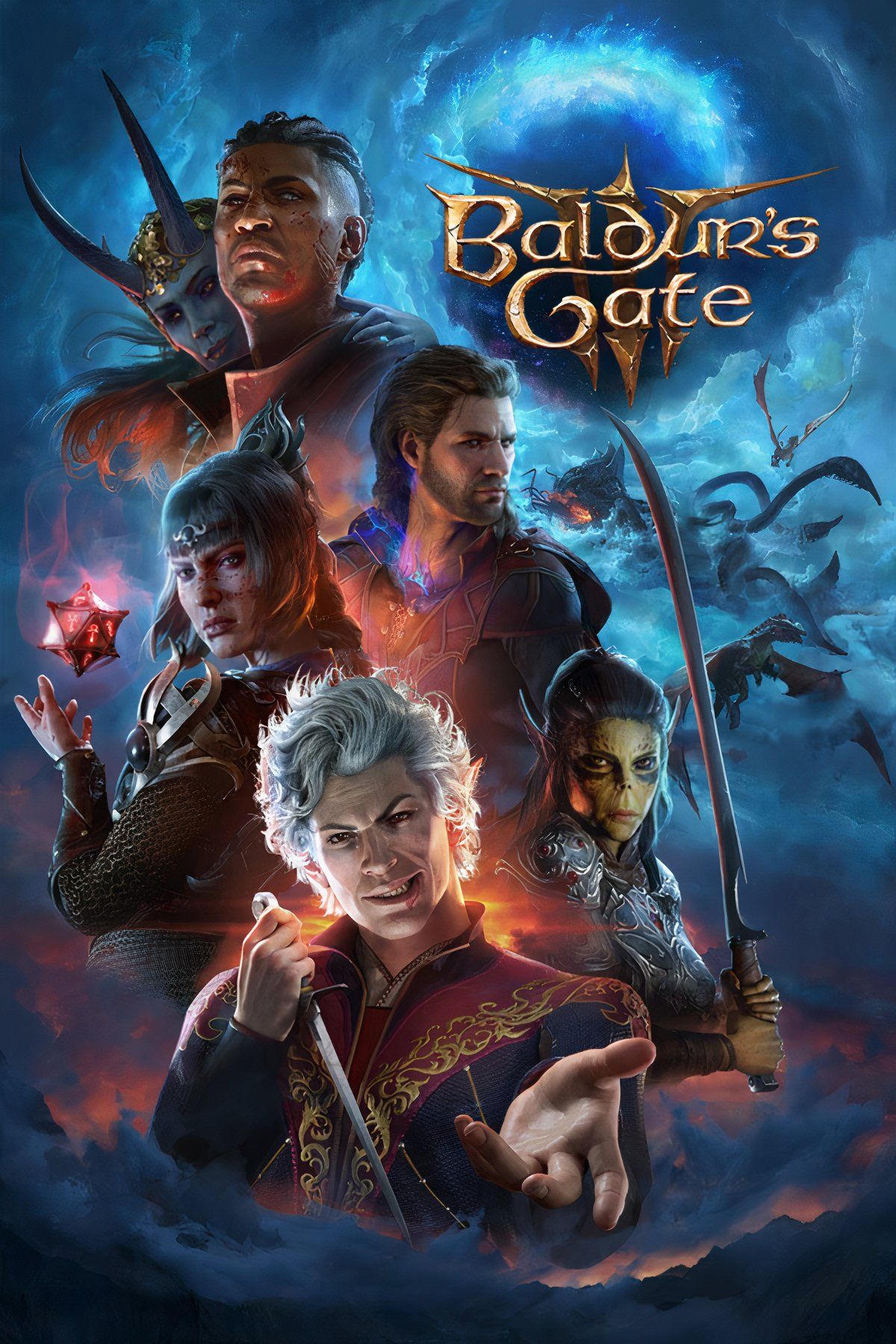


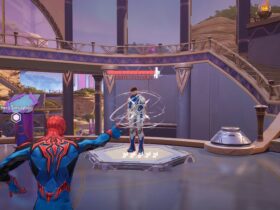

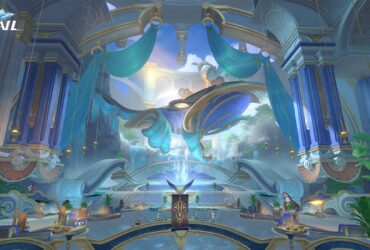

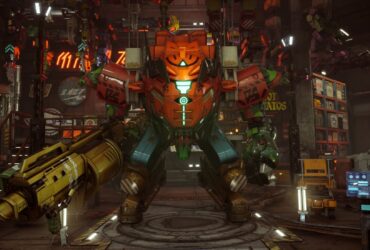


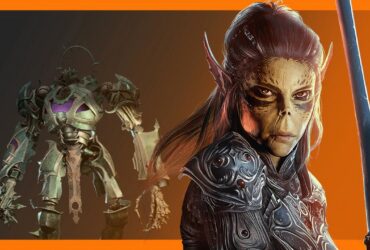
Leave a Reply